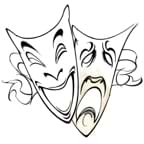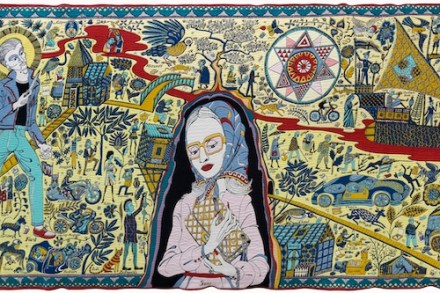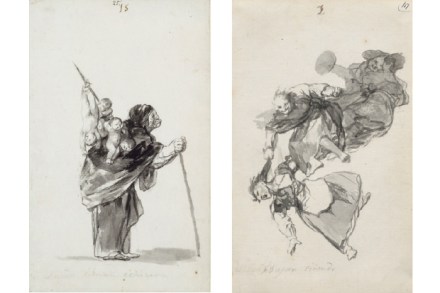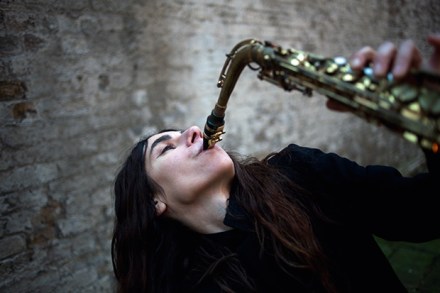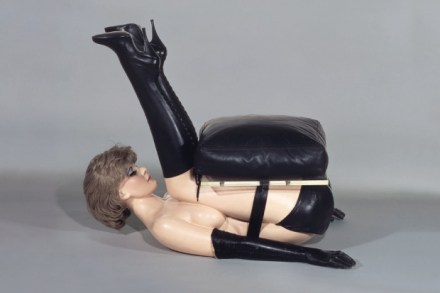The Craig-Martin touch
ExhibitionsThe Royal Academy Summer Exhibition has very little in common with the Venice Biennale. However they do share one characteristic. Each always contains so many diverse and potentially incompatible elements that orchestrating a smoothly blended result is dauntingly difficult. But, as with many almost impossible tasks, some manage it much better than others. Michael Craig-Martin,



